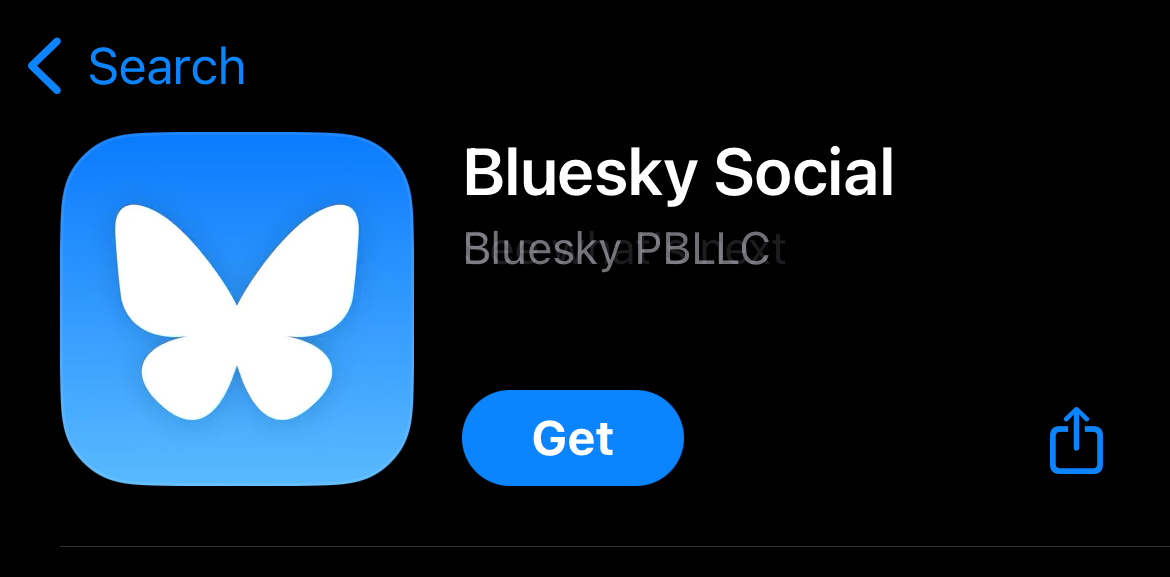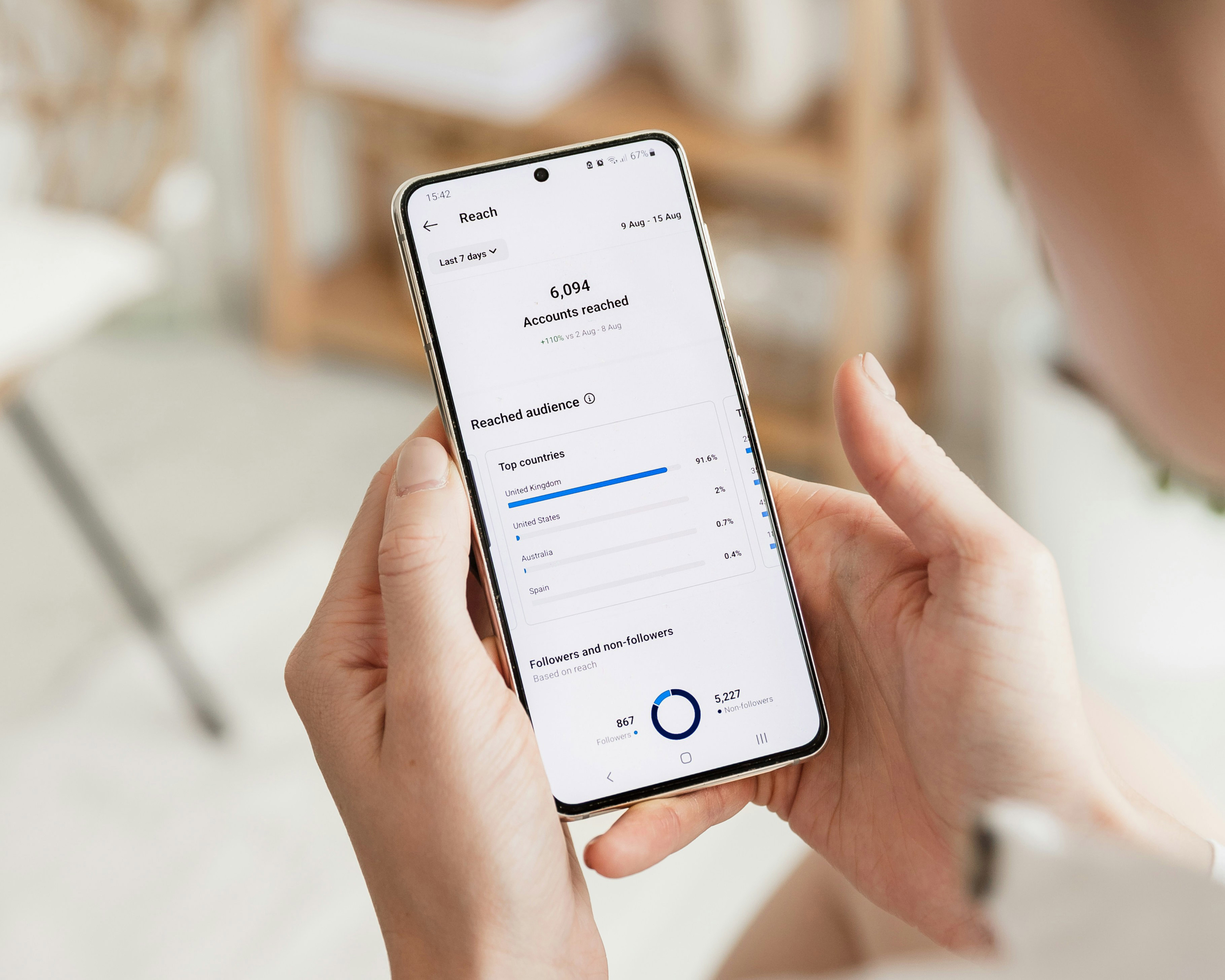Engaging with your audience may be more powerful than most social media teams realise. A new data study from Buffer has revealed that responding to comments on social media posts can drive a 5% to 42% increase in engagement, depending on the platform.
The findings come from an analysis of nearly two million posts across more than 220,000 accounts, examining performance on Threads, LinkedIn, Instagram, Facebook, X (formerly Twitter) and Bluesky. The study compared each account’s posts over time to measure how engagement changed on posts where creators or brands replied to comments versus those where they didn’t.
The results were consistent: posts where brands or creators participated in the comments regularly outperformed those where they did not, lending data-driven weight to the long-standing advice that the best way to get engagement is to be engaging.
Engagement lift by platform
| Platform | Engagement Increase |
|---|---|
| Threads | +42% |
| +30% | |
| +21% | |
| +9% | |
| X (Twitter) | +8% |
| Bluesky | +5% |
Threads delivers the highest lift
Funnily enough, the biggest impact was found on the newest platform, Threads, where engagement jumped by 42% on posts with active comment replies. The platform’s conversational design – where replies play a central role in the feed – appears to reward dialogue more heavily than other networks.
Proven results on LinkedIn and Instagram
LinkedIn came in second with a 30% increase, highlighting the value of two-way interaction in professional networking. Instagram followed with a 21% lift, reinforcing that responding to comments can boost visibility and performance even in highly visual environments.
Smaller but meaningful gains on Facebook, X and Bluesky
Facebook showed a 9% lift, which may seem modest but is significant given the platform’s scale and maturity. X posts with replies saw an 8% boost, though the sample size was smaller. Bluesky, still relatively new, recorded a 5% increase, suggesting the pattern holds even in emerging networks.
Why the effect matters
The findings suggest that replying to comments does more than nurture community sentiment – it likely signals meaningful engagement to platform algorithms, increasing reach and reactions. While the study stops short of declaring causation, the consistency across platforms indicates a strong behavioural pattern: active interaction encourages more participation.
Importantly, the research compared engagement within the same account rather than comparing different creators, helping isolate the effect to the action of replying rather than account size or popularity.
Human connection always wins
The takeaway is refreshingly simple: engagement drives engagement. Responding to audience interactions isn’t a trick – it’s a fundamental component of relationship-building on social media. The study reinforces the idea that participating in conversation, rather than broadcasting content into the void, remains one of the most reliable ways to grow.

When it comes to protecting your intellectual property (IP), it’s essential to understand the distinctions between copyright and trade marks, as each serves a unique purpose in safeguarding your creative and business assets.

If you’ve been following our tips to improve your website and social media accessibility, you will have seen us harp on about the importance of image alt [...]

Developing an inclusive website accessible to people with diverse abilities is not only best practice, but pivotal to user experience (UX). With 1-in-6 Australians living with a [...]

Since Elon Musk purchased the social media platform formerly known as Twitter in October 2022, it has lost around 23% of its active users. While all other major [...]

This year has been challenging for both businesses and consumers, with rising cost-of-living pressures leading to shifts in retail habits. During these quieter times, it’s crucial to [...]

When it comes to protecting your intellectual property (IP), it’s essential to understand the distinctions between copyright and trade marks, as each serves a unique purpose in safeguarding your creative and business assets.

If you’ve recently created a paid campaign on Facebook (or Meta as it’s now known), you’ve probably noticed the platform is trying to skew you towards using [...]

The results from our Audience Intelligence Reports for Q2 have incited some interesting conversations amongst our team. For those of you who don’t know, our quarterly Audience [...]

If you’ve been following our tips to improve your website and social media accessibility, you will have seen us harp on about the importance of image alt [...]

Developing an inclusive website accessible to people with diverse abilities is not only best practice, but pivotal to user experience (UX). With 1-in-6 Australians living with a [...]

Blue brands cater to a diverse group of audiences from different backgrounds and levels of ability. For example, government agencies will often promote services, campaigns and ideas [...]

Low engagement on social media and broader digital channels has become an ongoing challenge for blue brands. While it’s easy to blame factors like algorithm changes, you [...]

One of the most common questions we hear from our clients, especially the B2C ones is, “How can we increase our engagement rate on Instagram?”. Instagram, in [...]

Since Elon Musk purchased the social media platform formerly known as Twitter in October 2022, it has lost around 23% of its active users. While all other major [...]

